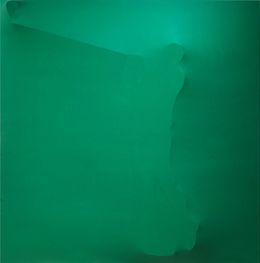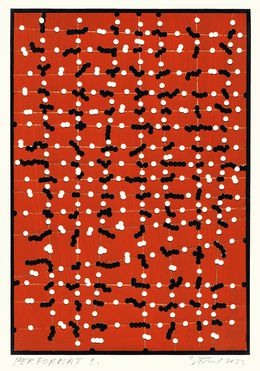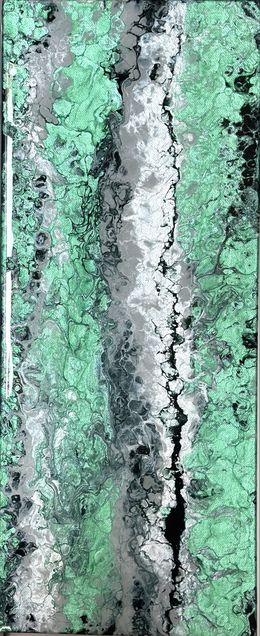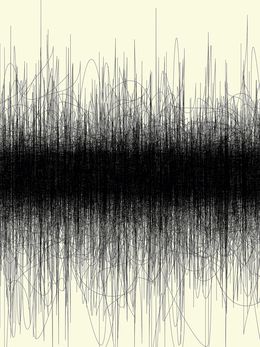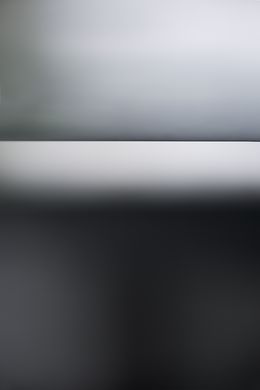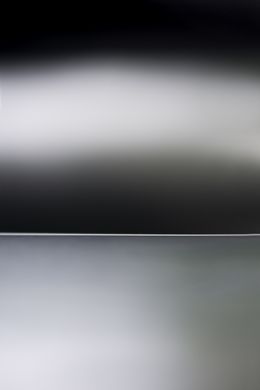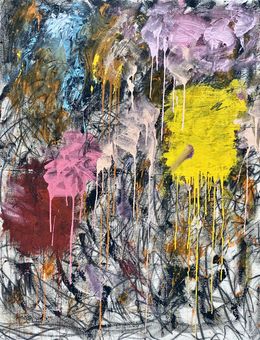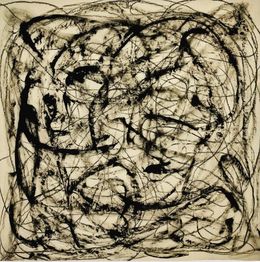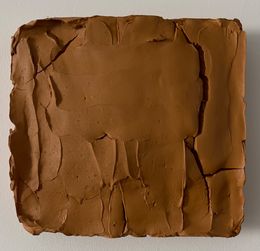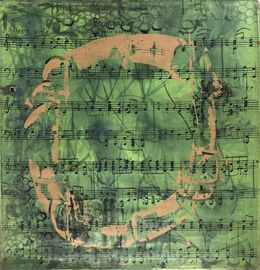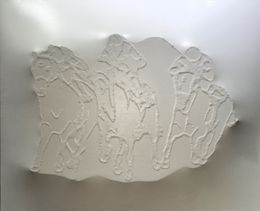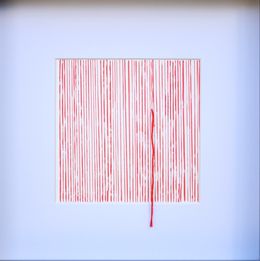
Dansaekhwa-inspired works
Dansaekhwa loosely refers to a grouping of paintings that emerged in Korean painting starting in the mid-1970s. The movement originates in a group of artists that began to manipulate paint, soak canvases, drag pencils and rip paper in a new manner that had otherwise never been done before. In Korean, Dansaekhwa means "monochrome painting" and was used by the critic Lee Yil in 1980 to refer to a group of largely non-figurative paintings painted in neutral hues. Promoted in Seoul, Tokyo, and Paris, Dansaekhwa grew to international acclaim. The contemporary movement has since become a cornerstone of the contemporary Korean and Asian art scene.
Figures associated with Dansaekhwa include Kim Tschang-yeul, Cho Yong-ik and Yun Hyong-keun. Like many artistic movements, this one is innately political. Korean monochrome painting is recognized as a direct response to the political crisis which immediately followed the Korean war of the early 1950s. Art was used to subvert restricting traditions and political authority. The political unrest at the time manifested itself in Dansaekhwa. This anti-structural art form which was entirely opposed to conventional realism can be seen as the antithesis of classical East Asian painting styles. The movement marks South Korea's shift towards modern cultural identity.
Discover with Artsper, a curation of artworks inspired by the Korean monochromatic, Dansaekhwa movement!
Save your search and find it in your favorites
Save your search to find it quickly
Saved search
Your search is accessible from the favorites tab > My favorite searches
Unsaved search
A problem occurred

